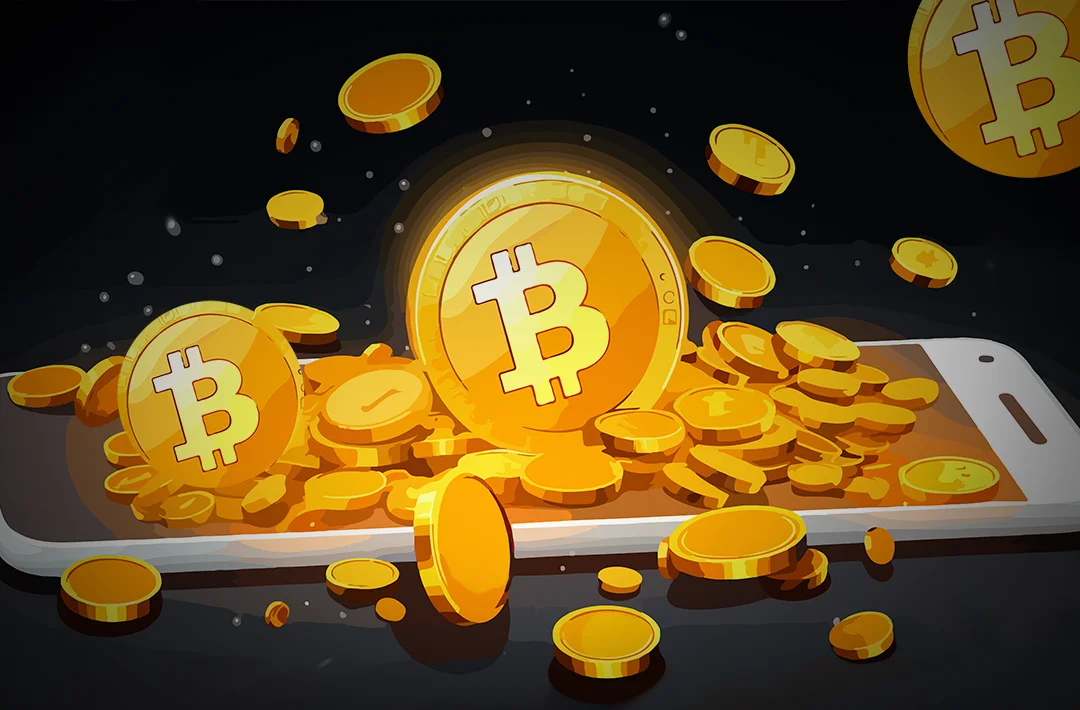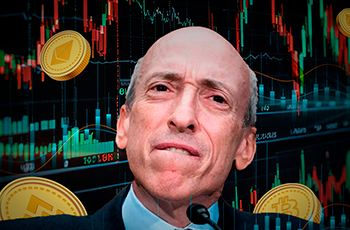FDIC: Cryptocurrency is more likely to be used by families without full access to banking services
In total, there were 19 million such households in the States as of 2023

13.11.2024 - 10:45
114
4 min
0
What’s new? In 2023, households without meaningful access to banking services used cryptocurrency more frequently in the United States. According to a report by the Federal Deposit Insurance Corporation (FDIC) based on a survey of 60 000 households, 6,2% of those without full access to banking services used digital assets. Among active bank users, crypto-using households accounted for only 4,8%.
What else is known? A total of 19 million US households, or 14,2% of the total, were limited bank users as of 2023. The FDIC uses the term “underbanked” here, which implies that these households may have a deposit or credit account, but they primarily use unbanked products for financial transactions.
These include microloans, called payday loans in the United States, and check-cashing services, which are non-bank providers of a limited range of financial services such as money transfers and electronic bill payment.
As for cryptocurrencies, use was higher among college-educated families, young adults, Asian and white families, and working-age families. Among households with incomes of $75 000 or more, 7,3% use cryptocurrency, compared to only 1,1% for households with incomes of less than $15 000.
Among all crypto-using households, the vast majority used digital assets as an investment and only 4,4% used them to make online purchases.
Meanwhile, only 1,2% of households with no access to banks at all used cryptocurrency, compared to 5% of households with bank accounts. Here, the FDIC uses the term “unbanked,” which means these households did not have a checking, savings, or loan account at all with a bank. In 2023, there were 5,6 million or 4,2% of such households in the United States.
66,2% of households without access to banking at all rely entirely on cash, while 33,8% use a combination of prepaid cards or unbanked online payment services such as PayPal, Venmo, or Cash App for transactions.
“Access to safe, affordable bank accounts is fundamental for consumers to be able to participate in and benefit from our nation’s economy. This survey reveals that significant disparities in access to the banking system for minority, lower income, disabled, and single-parent households still exist and need to be addressed,” said FDIC Chairman Martin Gruenberg
While the nation’s overall rate of unbanked remains at its lowest level since the FDIC’s study began in 2009, low-income, less-educated, black, Hispanic, disabled, and single-parent households remain significantly more likely to be unbanked.
Since 2009, the FDIC and the Census Bureau have conducted a comprehensive household survey every two years to assess the use of banking and financial products and services. In 2011, the unbanked rate was the highest ever recorded (8,2%). By 2023, about 5,3 million more households had access to banks, almost halving the rate to 4,2%.

SEC chair: Cryptocurrencies will not be widely used as a means of payment
According to the US securities regulator’s head, digital assets will predominantly continue to serve as a means of saving
Last month, Cointelegraph journalists reported that the level of awareness of cryptocurrency has grown significantly over the past three years. In 2021, less than half of respondents knew about it, while by 2024 their share rose to 80%.
On the eve of the US election, investment company Grayscale conducted a survey in which 46% of potential voters agreed with the statement that cryptocurrencies, blockchain, and automated technologies are the future of finance.
Useful material?
Trends
As of January 21, the capitalization of this sector of the crypto market exceeds $519 billion
Jan 21, 2025
Market
The platform generated $9,5 million in revenue during the same time
Jan 20, 2025
Market
Shares of the Trust are designed to track the market price of XRP with fewer fees and expenses
Jan 17, 2025
Market
The asset will allow USDT to move seamlessly between different blockchains
Jan 17, 2025
Market
Earlier, the community criticized the project for its lack of transparency, which led to a sharp drop in the HYPE token price
Jan 8, 2025
Market
Rising US Treasury bond yields are negatively affecting risk assets
Jan 8, 2025









 Telegram
Telegram  Twitter
Twitter